The RO-I+MB type pure water preparation system consists of several parts: pretreatment, reverse osmosis desalination, ion exchange, and fine treatment. This system is designed according to the water treatment system requirements in the pharmaceutical industry GMP specifications and is now widely used in the pharmaceutical and other industries.
In this system, the pretreatment section mainly consists of metering dosing, multi-media filter, activated carbon absorber (or softener), and fine filter. Generally, due to the presence of residual chlorine in surface water, it is absorbed and removed by activated carbon to protect the reverse osmosis membrane from oxidation; groundwater typically has higher hardness, so a softener is used to prevent the deposition of CaCO3 and CaSO4 on the concentrate side of the membrane. Due to the high turbidity of surface water sources, 5μ and 1μ fine filters are selected for treatment.
The reverse osmosis section selects low-pressure and ultra-low-pressure high-flow composite membranes, equipped with a stainless steel multi-stage pump, achieving a desalination rate of ≥97-98%, matching the international advanced level of the same period, and can remove most of the organic substances, bacteria, and pyrogenic substances in the water.
In the ion exchange section, since the surface water source has low salt content and 97-98% is removed by reverse osmosis, there are not many remaining ions, so a mixed bed is sufficient. If the salt content of the groundwater source is below 500PPM, a mixed bed can also be used. If it is above 500PPM, it is recommended to use cation, anion, and mixed processes. For water sources with high HCO3— content, a degassing tower device can be considered to extend the anion bed usage cycle.
The fine treatment section generally uses ultraviolet sterilization and 0.22μ microporous membrane filtration, with the use of original imported ultraviolet sterilizers to ensure sterilization effectiveness.
The RO-II type secondary reverse osmosis system is an advanced treatment process, which involves a secondary reverse osmosis after the primary reverse osmosis output. When the input water is ≤500PPM, the conductivity of the secondary reverse osmosis output can be ≤2μs·cm-1, meeting the relevant water requirements of the pharmaceutical industry. The biggest advantage of this process is that it completely eliminates the acid and alkali treatment during ion exchange regeneration. The downside is that the one-time investment is relatively high, so this process is more suitable for hospitals, high-tech enterprises, and other users who require no waste acid or alkali discharge.
Specification: 4000 Pure Water Preparation Water Treatment Equipment Machine
|
User Reviews
Be the first to review “4000 Pure Water Preparation Water Treatment Equipment Machine”
You must be logged in to post a review.


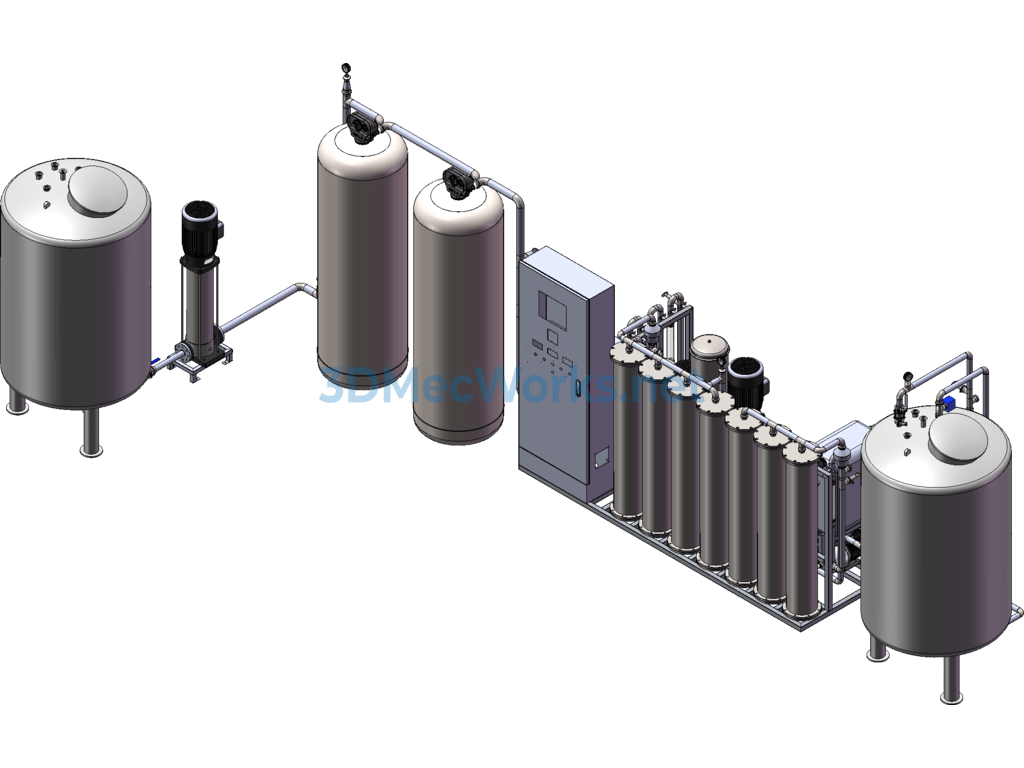
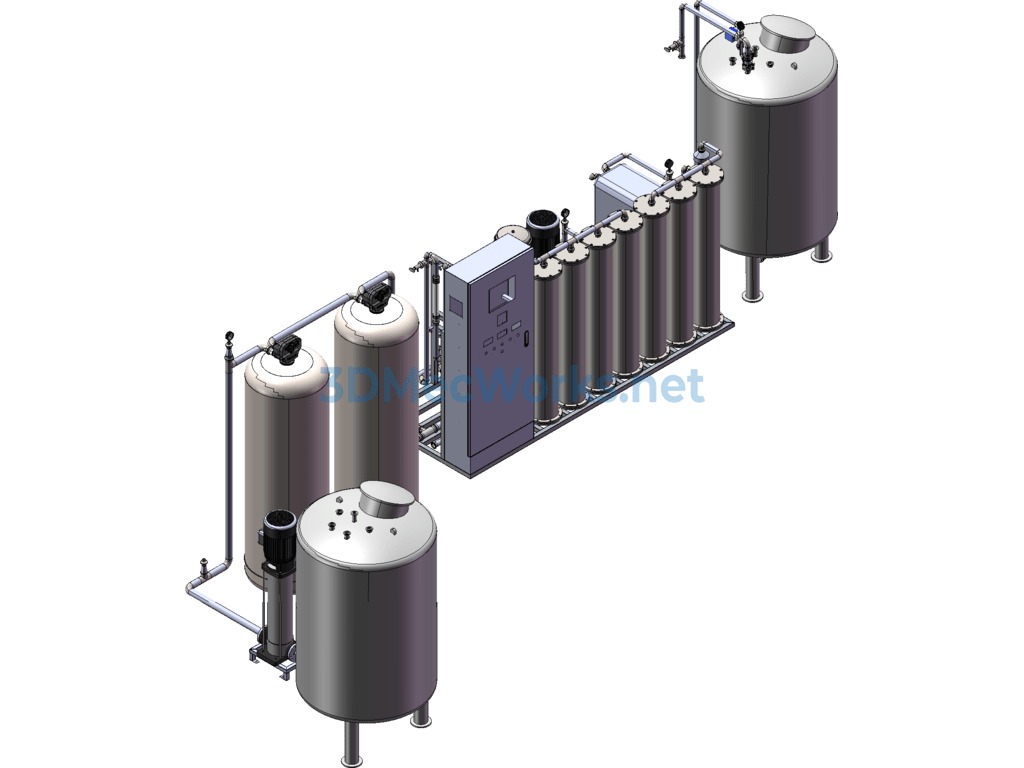
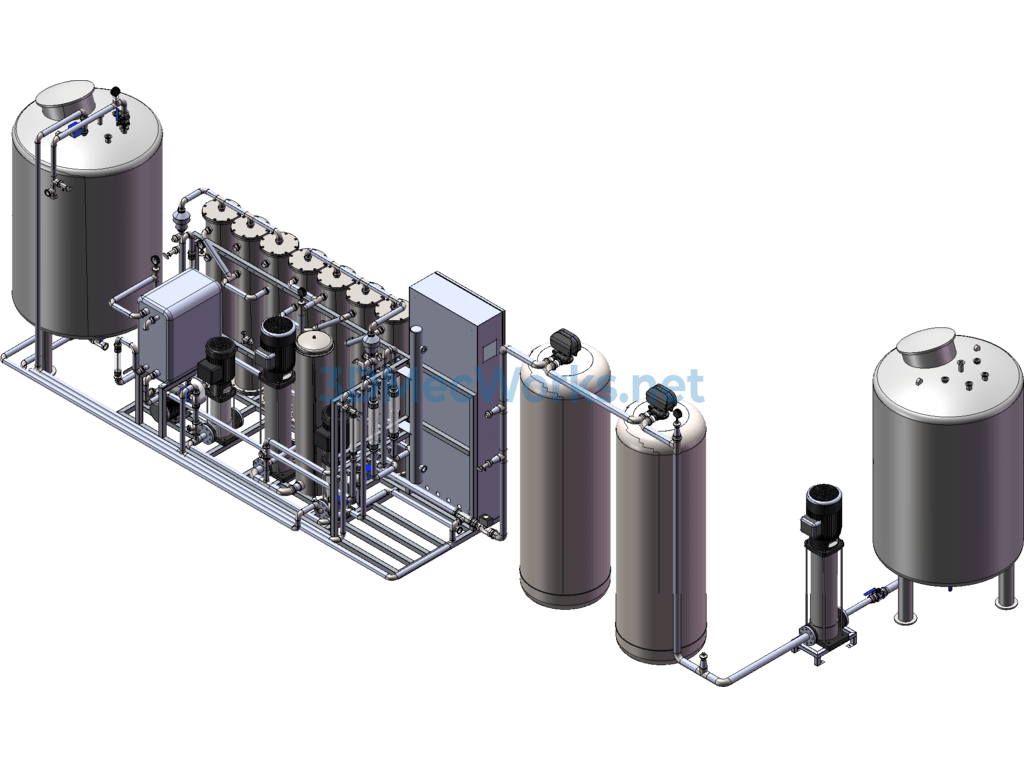
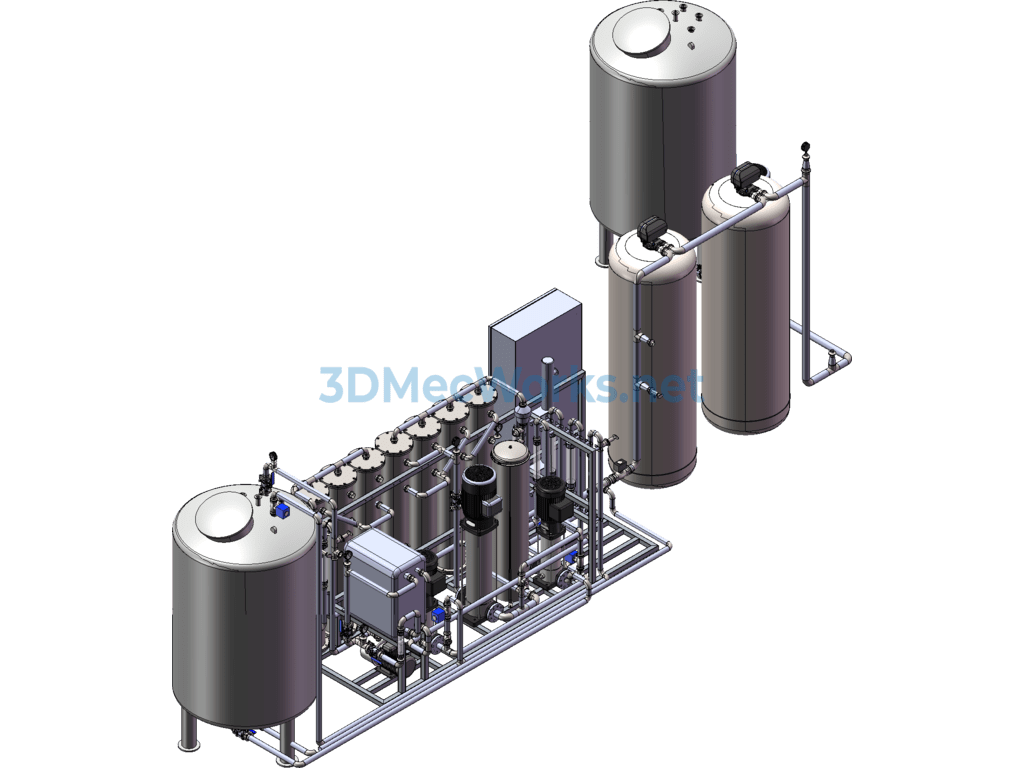
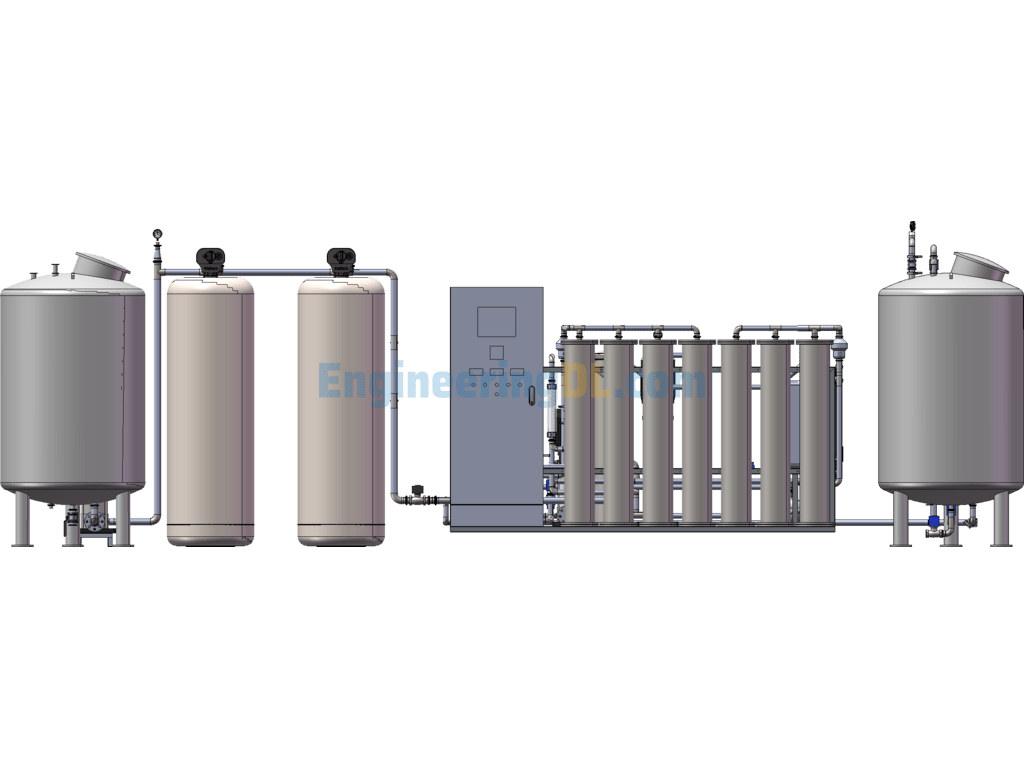
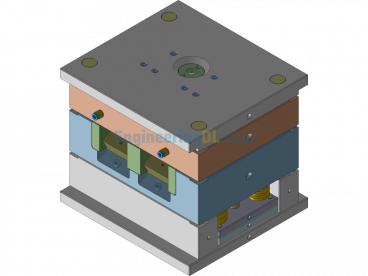

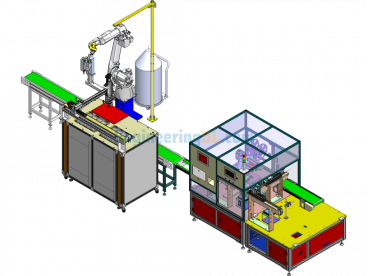
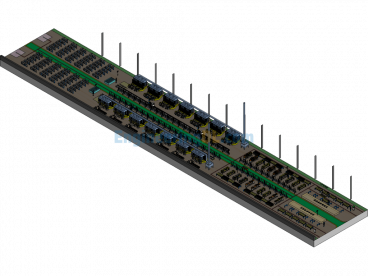
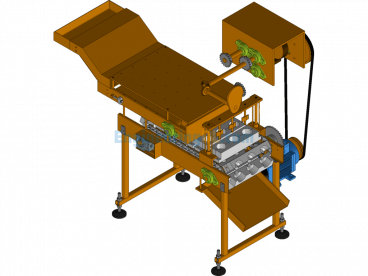

There are no reviews yet.